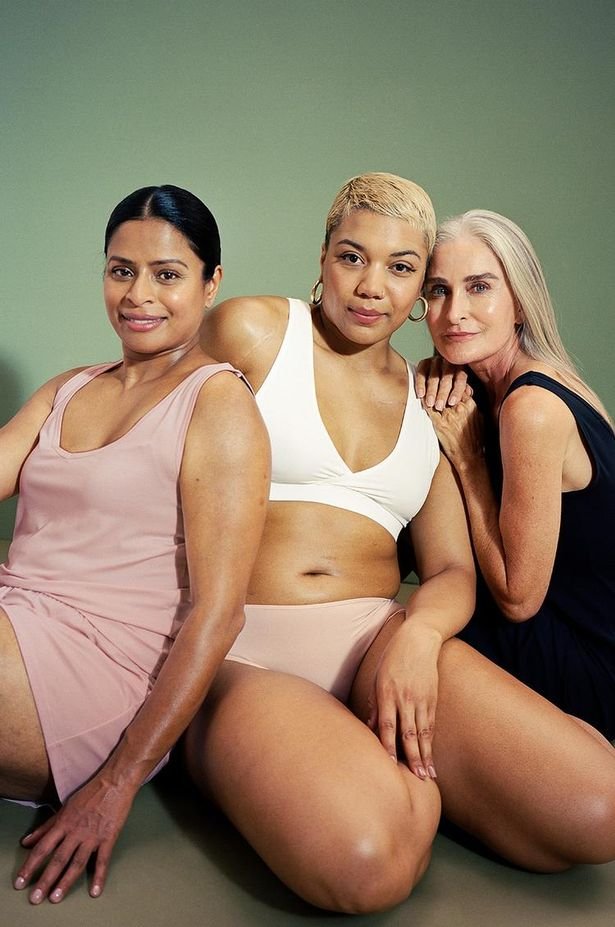Midlife Bladder Issues
When it comes to wellbeing in midlife, bladder issues are an under-acknowledged issue. This is despite the fact that bladder problems, such as stress incontinence and UTI’s in women are highly common, especially as you approach menopause. For example, a study of 3,000 women ages 42-64, found that 68 per cent of this group experiences urinary incontinence alone, at least once a month.
Why does this happen?
Hormones are the main culprit of any of these issues from your 40s onwards. This is because hormonal changes in the lead-up to, and during menopause, result in less oestrogen being produced. The effect of this is to cause thinning and weakening of the lining of the urethra and vagina. This can then lead to an increased risk of urinary stress incontinence as the urethra has lost some of its natural closing ability. Hormonal changes also result in thinning of the vaginal tissues and dryness. These changes can also cause pain or discomfort during urination, and increase the risk of UTIs.
More commonly, urinary incontinence results from the deterioration of certain muscles due to childbirth, or ageing, or both – it isn’t exclusively down to menopause either. The important thing to remember is that there are treatments and help available for any bladder issues you may have; body changes are natural as we get older and your GP will have heard it all before and will be able to advise you of your options – there’s no need to suffer in silence.
In our 40s
As we age the prevalence of urinary tract diseases increases, so it’s especially important in your 40s and beyond to be aware of changes in their bladder, and become familiar with the signs and symptoms of what is normal for you and what isn’t. The bladder muscle can also start to weaken in middle age. That can result in incomplete bladder emptying for women, which can lead to frequent UTIs. What can help is to strengthen your pelvic floor – so keep up those regular kegel exercises!
If you are experiencing any changes in your urination habits, it is helpful to keep a bladder diary to better understand your symptoms and any triggers. Stress, dehydration, coffee and carbonated beverages are just some of the more common triggers, so be mindful of your intake particularly if you’re having any issues.
Equally important is to look out for signs of a UTI which can lead to a more serious kidney infection – any blood in the urine and you should make an appointment with your GP right away. You may also have lower back pain and it may be painful with a frequent urge to urinate.
In our 50s and beyond
Once we reach our 50s onwards, bladder issues can remain. Another study said nearly half of women over 50 say they sometimes leak urine. Urinary incontinence is a common condition that can impact a woman’s quality of life, but again, it’s usually treatable and shouldn’t be overlooked. Some might opt for discreet liners or underwear or monitor their fluid intake more closely.
And remember, you’re not alone; urinary tract problems are common after 60 and up to 50 per cent of women ages 80 and older will have a problem with their bladder. Paying attention to your fluid intake, and trying to keep your bladder on a schedule throughout the day are two more things that can help.
No matter your symptoms, you should always see your GP rather than self-diagnosis as they can offer you the right treatment and support.
join the conversation
share and comment below, we’d love to hear your thoughts…










